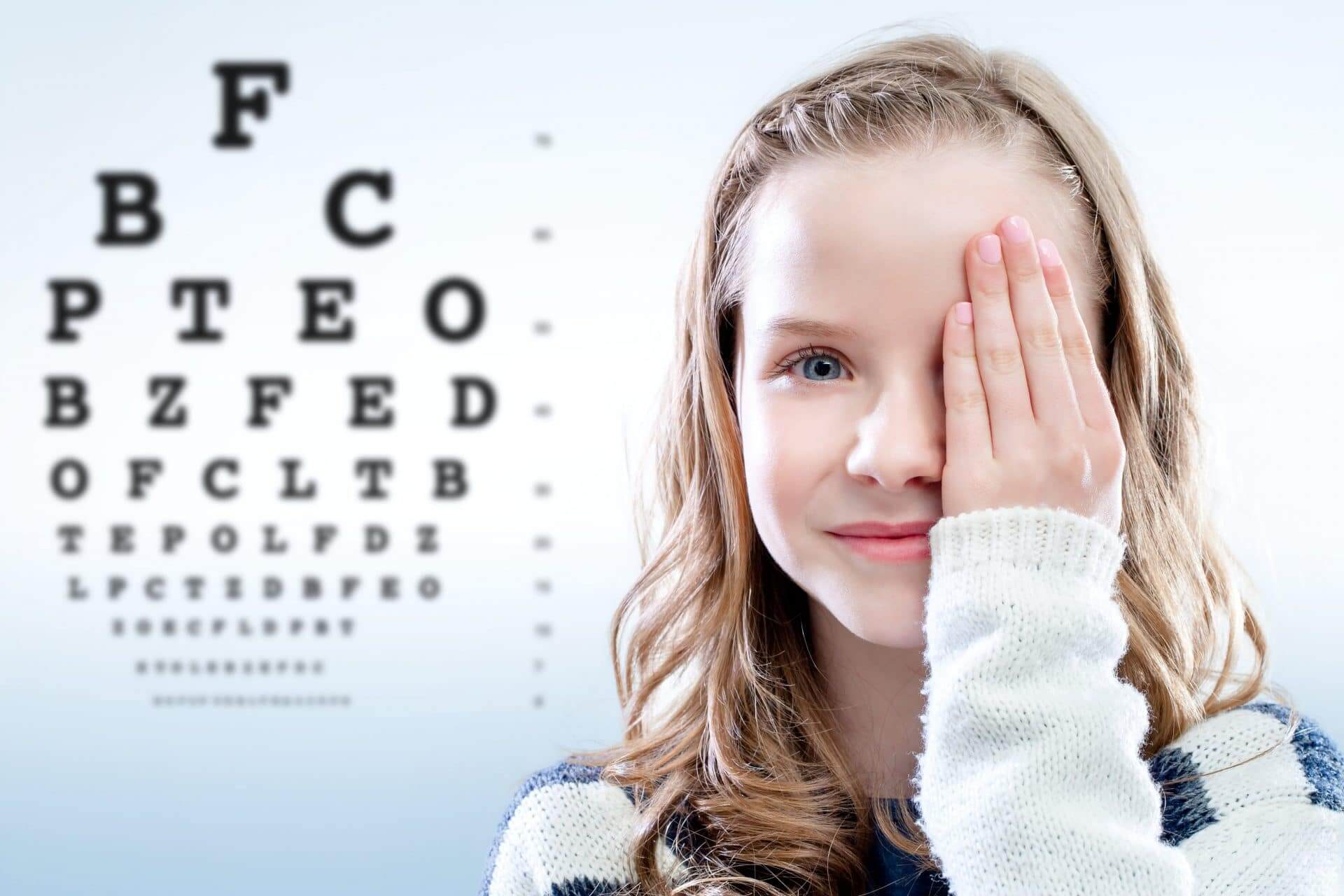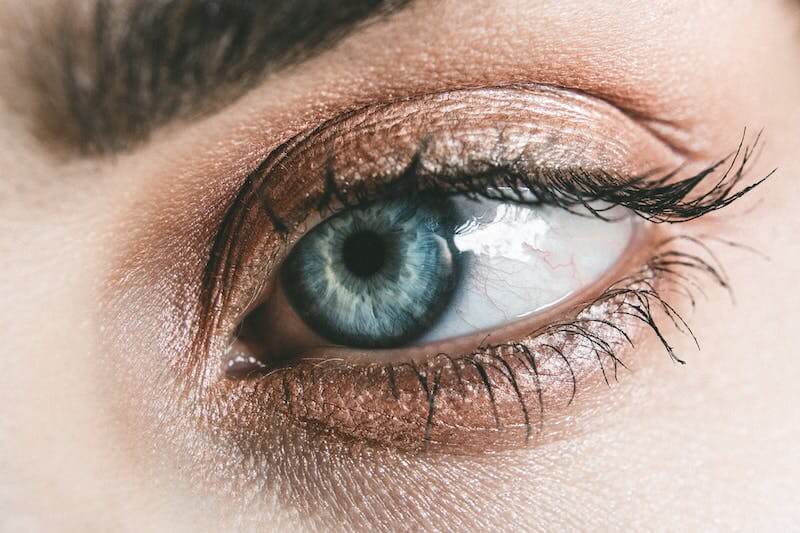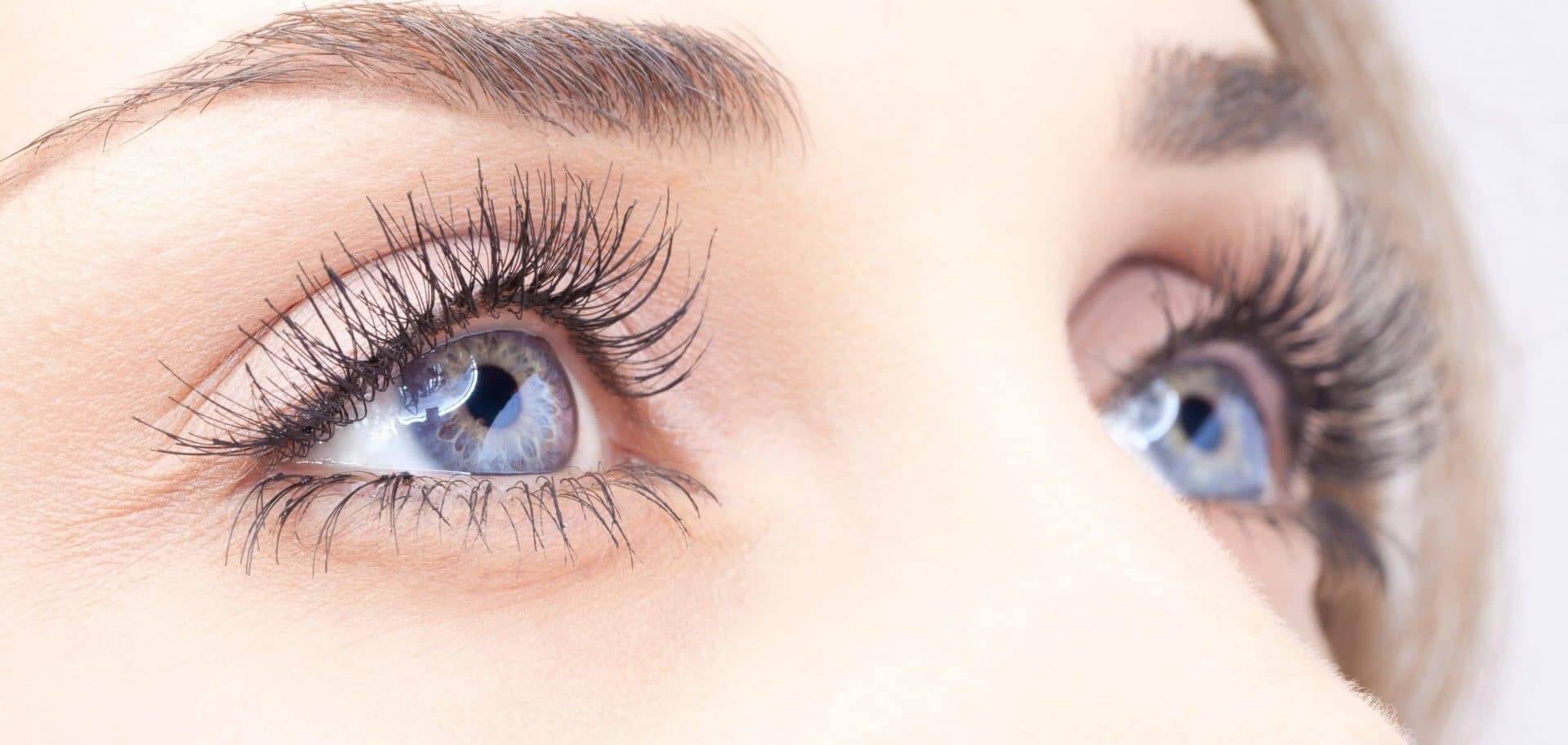Near and far focussing, Palming, Zooming in and out and Figure of Eight exercises are all popular exercises that can be used to help patients that have astigmatism. They have been known to help strengthen eye muscles, improve focus flexibility, reduce eye strain as well as enhance your eye's relaxation as well as a host of other benefits that include:
- Increases in visual tracking ability
- Boost in eye-hand coordination
- Improvement of eye control and precision
- Strengthened weaker eyes in cases like amblyopia
- Enhanced visual memory and recall
- Support of longer-term eye health
For children with astigmatism, the following exercises can also help:
- Eye Writing Exercises
- Tracking Exercises
- Clock Exercises
- Colouring with Eye Patches
- Memory Games
The Best Eye Exercises to Improve Your Focus And Astigmatism

Our eyes need regular exercise in order to keep them healthy, just like any other muscle on the body. Eye exercises are designed to strengthen the eye muscles, improving focus, eye movements and stimulate the vision centre of the brain. However with standard eyesight problems, such as long or short sightedness, it’s largely to do with the shape of the eyeball so eye exercises are not the solution!
While there is no significant proof that eye exercises will improve your eyesight, they may help to counteract existing eye problems you have and maintain your current eyesight.
Near and Far Focusing
This is particularly useful for those who wear glasses. When people depend on glasses, their eyes become lazy which eventually leads to weakening in their eye muscles so this exercise will help strengthen the muscles in your eyes. Place your thumb about 10 inches in front of you and focus on it for about 10-15 seconds. Then focus on a different object that’s about 10-20 feet away without moving your head for the same amount of time. Switch between focussing on your thumb and the 10-20 feet object in front of you.
Palm your eyes

Palming your eyes is done to relieve stress around the eyes and as a way to relax your eyes, if, for example, you spend the majority of the day at a computer screen. Place your hands over your eyes with the cup of your palms and make sure no light can get through. Leave them there for a few minutes to relax. It may not sound like much of an exercise but it can make a big difference in your working day to stop and do this exercise every time you feel an eyestrain.
Figure of Eight
This helps exercise your eye muscles and increase their flexibility. Simple but effective, all that’s needed is to imagine a giant figure of eight in front of you. Trace the figure of eight with your eyes slowly. Carry on tracing it one way for a minute and then the other way for a minute.
Zooming in and out

Grab a pen and hold it at arm’s length, making sure the pen is at eye level. Focus on the tip of the pen as you move it closer to your eyes. Stop when you get about six inches away from your face, and focus on the tip as you move it back to arm’s length. Remember to do this slowly and focus on the tip of the pen. Repeat about 10 times.
There’s also many childhood vision problems that can respond to eye exercises. With conditions such as amblyopia, otherwise known as “lazy eye” (a decreased vision in one eye due to preferential use of the other eye), eye exercises may help. Below are some really easy exercises you can teach your children to help them understand the importance of caring for their eyes.
Eye Writing
Get your child to face a blank wall and tell them to write something with their eyes only. Don’t let your child move their head to do this though. Moving just the eyes in the shape of many different letters can really strengthen the eye muscles.
Tracking exercise

Kids who struggle with skipping over words, switching up the order of letters or losing their spot while reading will benefit from this one. Hook a bouncy ball or another small object to some string. Hang it so it’s even to your child’s nose and ask him or her to watch the ball as you swing it left to right. Your child should follow the ball with their eyes only!
The clock exercise
Tell your child to imagine a large clock, then say a number and ask him or her to look where it would be on the clock. Repeat this at least 10 times and remember to tell your child they can only use their eyes.
Colouring
When combined with an eye patch, working with colouring pages is an effective way to build strength in a lazy eye. Try to get them to stay within the lines, with only the weak eye exposed, as this helps train the eye to become stronger. This is an ideal exercise for kids because they’ll see it as something fun without realising it’s an exercise.
Memory game
These kinds of exercises can be found online and are especially fun for children with astigmatism. The purpose of these games is to increase your child’s visual memory. In most games, a picture is shown briefly, and then the child must try to remember as much about the picture as possible.
Following these steps is no guarantee of perfect vision throughout your lifetime – but these exercises, maintaining a healthy lifestyle and having regular eye exams will certainly decrease your risk of developing an eye problem that otherwise might have been prevented.
Want To Find Out If You're Suitable?
If you're wondering whether laser eye treatment is the right choice for you, there are some key things to consider...

